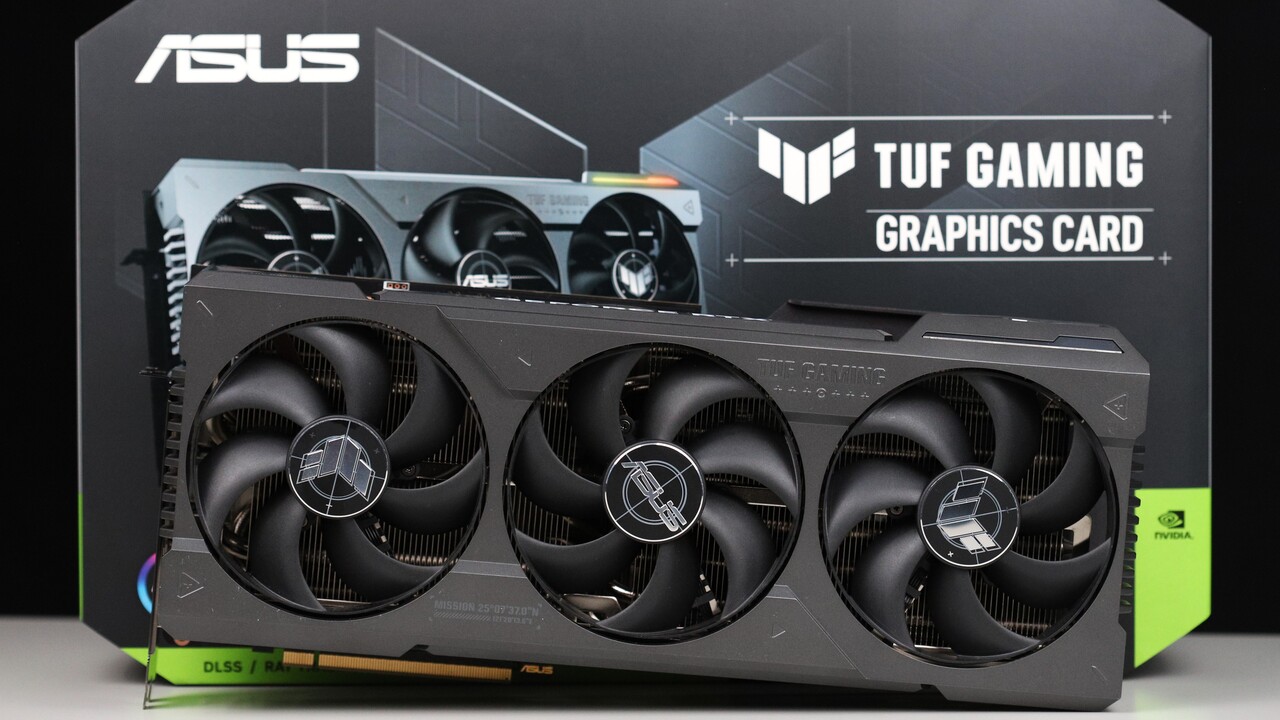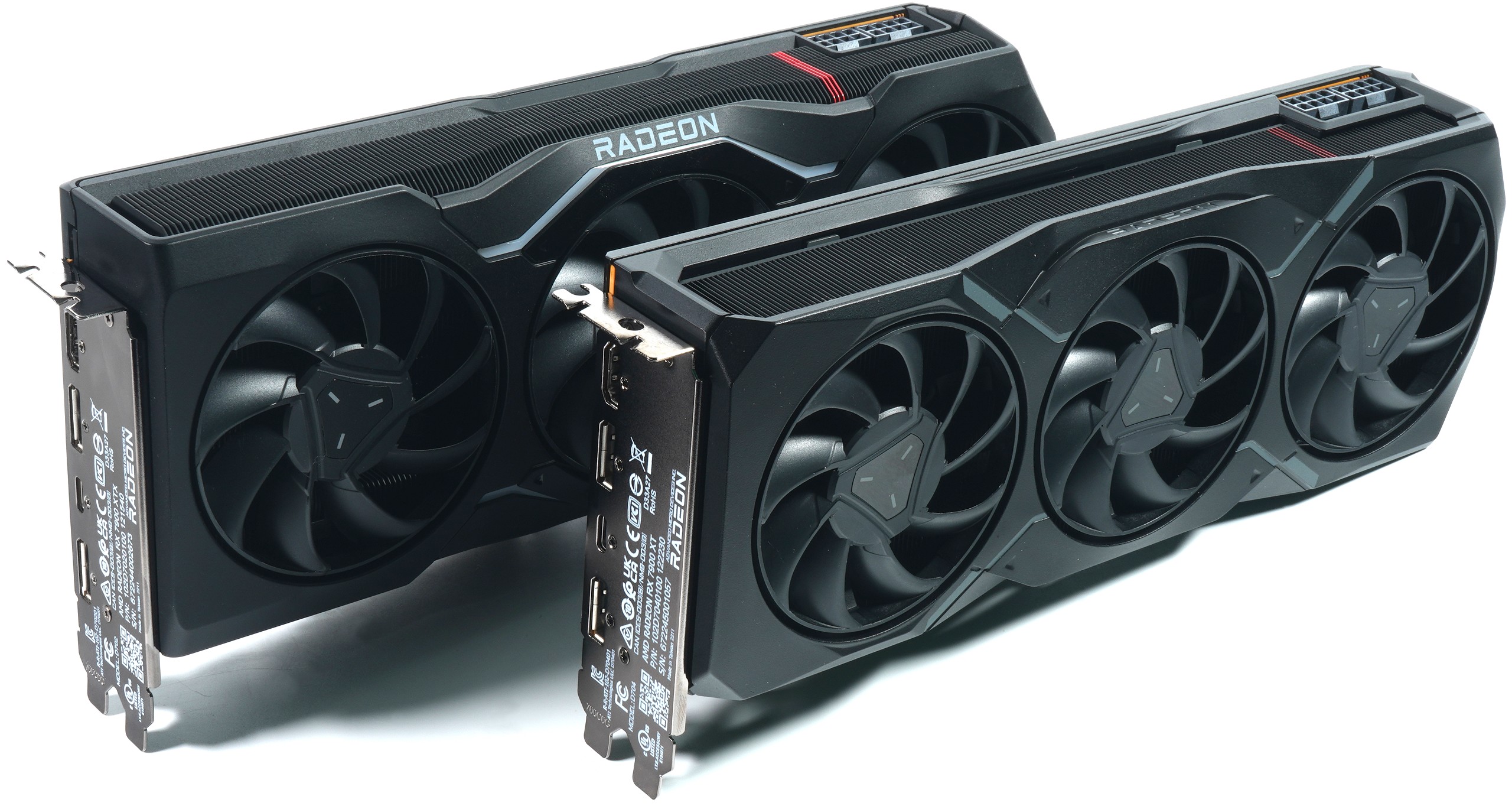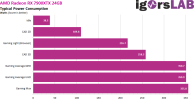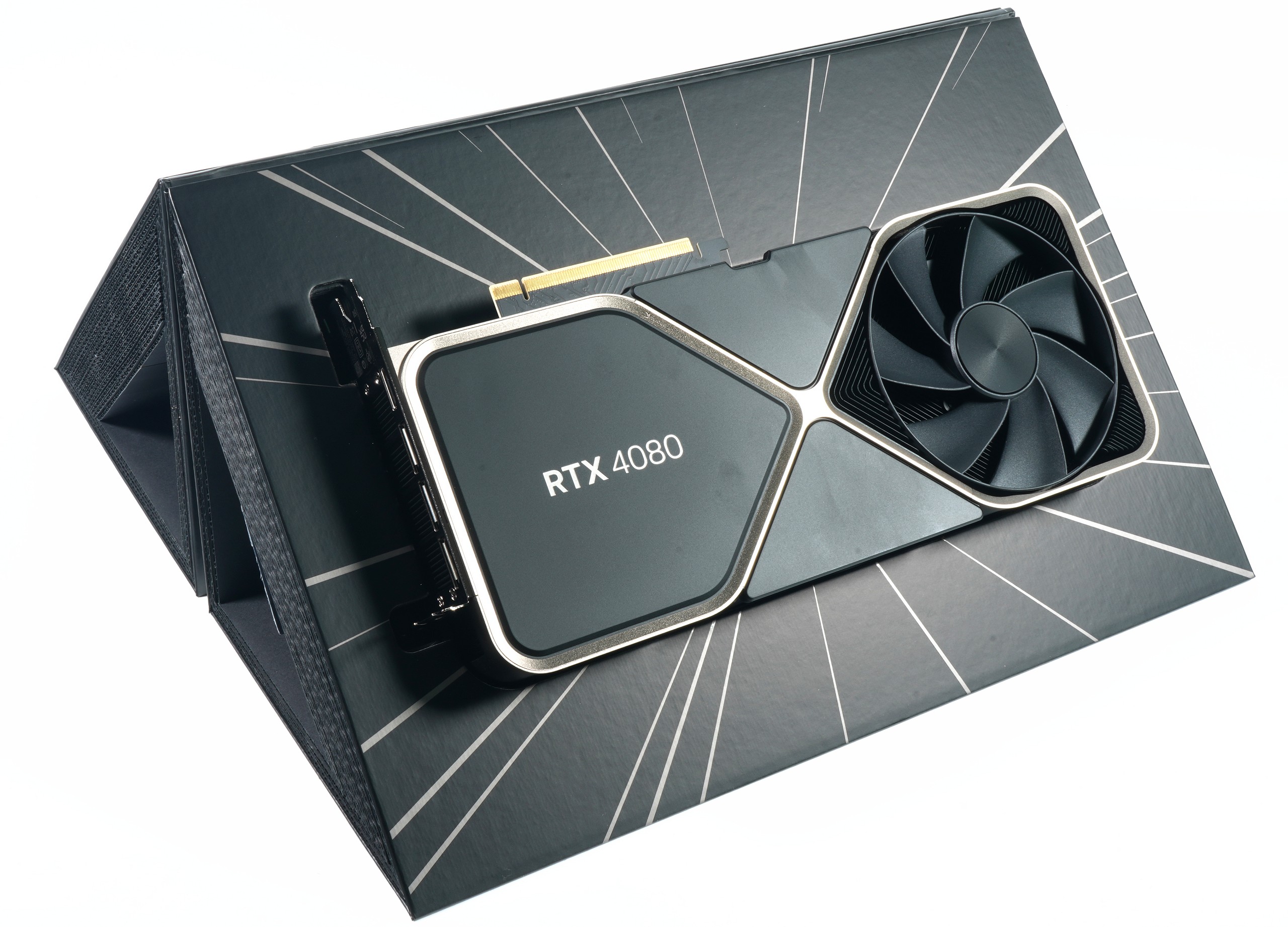DavidGraham
Veteran
Igorlab posted some major information on power consumption values for AMD and NVIDIA GPUs. As evidently they differ quite substantially on how they do their measurements. Igor used special equipment (shunt measurements/oscilloscope) to measure power consumption from the cards externally to compare the values vs the software values.
He found out that NVIDIA's software measurement match the hardware measurement, as NVIDIA does the monitoring on the board at the respective 12-volt rails, i.e. at the respective external PCIe sockets (Aux) and the motherboard slot (PEG) BEFORE the respective consumers are supplied. In other words, NVIDIA measures the power for the whole card (TBP). So if a card like the 3090Ti reads 450w via software monitoring, it reads that same value with hardware monitoring.
AMD doesn't do that, they only allow for software measurements of TGP (GPU and memory), not the whole card (TBP), TPB is important especially after the card heats up, and the converters start burning power, the power for fans is also included in the TBP, not TGP.
In the end, software monitoring for AMD cards don't match hardware monitoring, if a card like 6950XT is reading 330w via software, in reality it actually consumes 430w! A 30% increase in power consumption, a 6750XT ends up with a 20% increase from 225w to 270w! Same goes for a 6650XT.
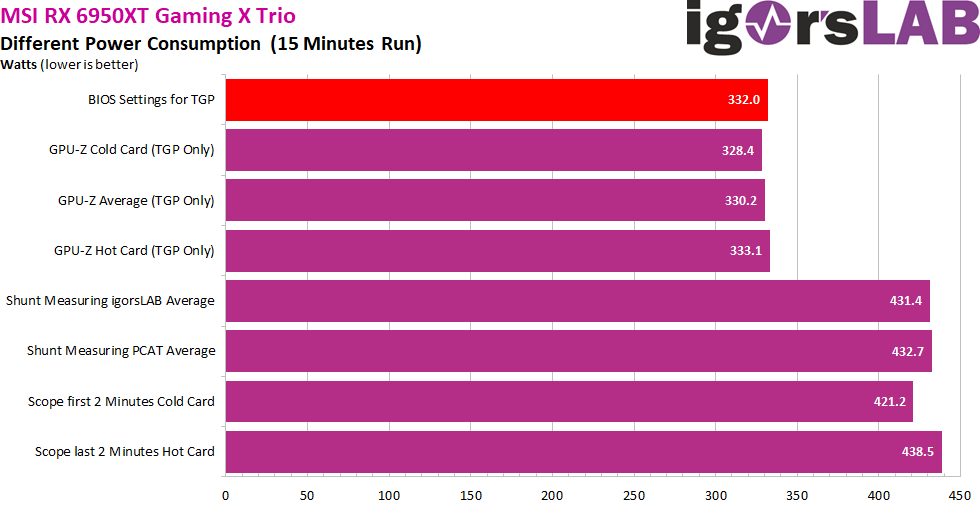
The implications for this is significant, as AMD needs to expose true measurements of their total power consumption and not rely on marketing numbers. This is important with the upcoming 7900XTX launch, because if the situation remains the same, then AMD's 355w number doesn't reflect the whole truth.
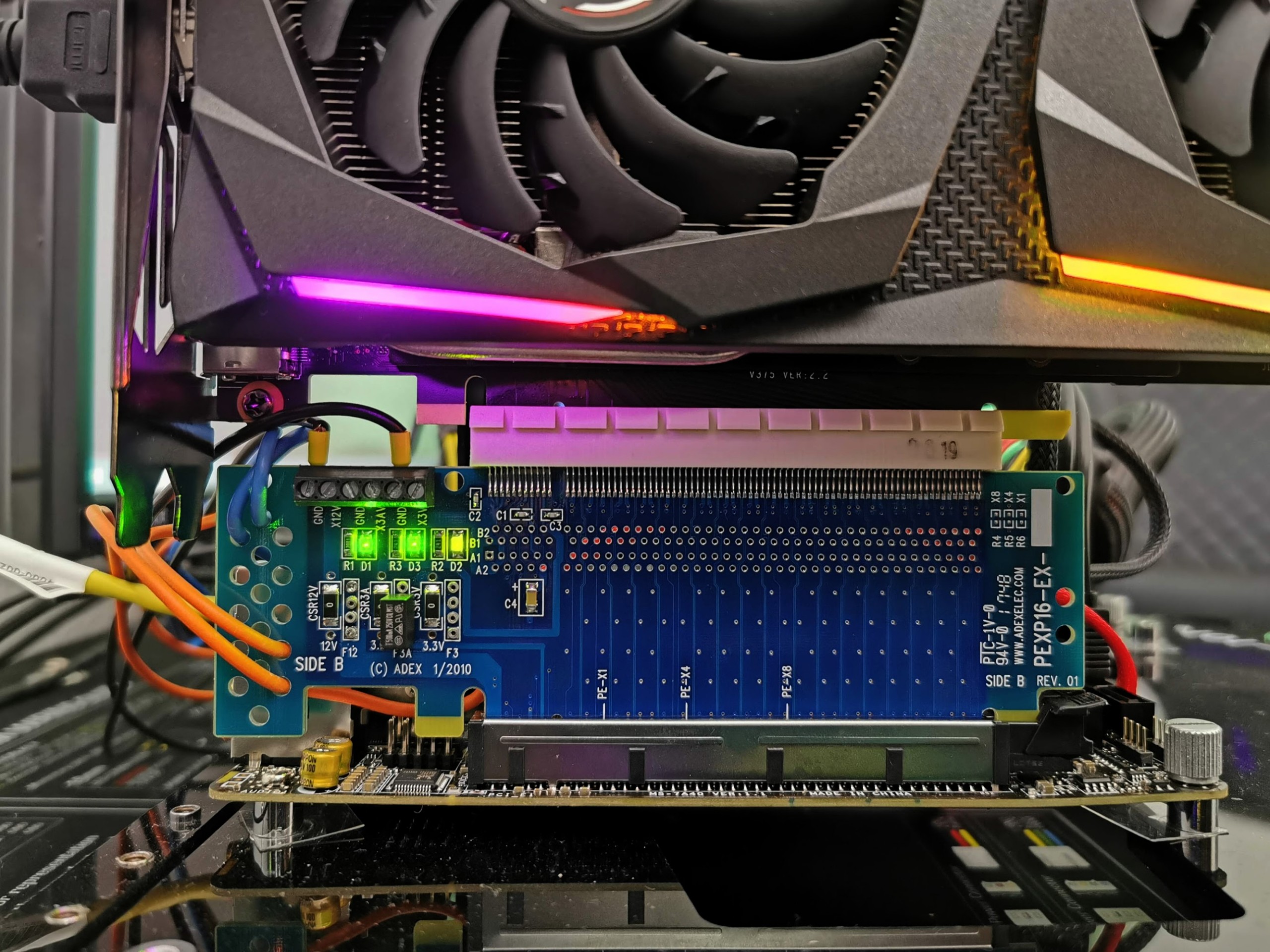
 www.igorslab.de
www.igorslab.de
He found out that NVIDIA's software measurement match the hardware measurement, as NVIDIA does the monitoring on the board at the respective 12-volt rails, i.e. at the respective external PCIe sockets (Aux) and the motherboard slot (PEG) BEFORE the respective consumers are supplied. In other words, NVIDIA measures the power for the whole card (TBP). So if a card like the 3090Ti reads 450w via software monitoring, it reads that same value with hardware monitoring.
AMD doesn't do that, they only allow for software measurements of TGP (GPU and memory), not the whole card (TBP), TPB is important especially after the card heats up, and the converters start burning power, the power for fans is also included in the TBP, not TGP.
In the end, software monitoring for AMD cards don't match hardware monitoring, if a card like 6950XT is reading 330w via software, in reality it actually consumes 430w! A 30% increase in power consumption, a 6750XT ends up with a 20% increase from 225w to 270w! Same goes for a 6650XT.

The implications for this is significant, as AMD needs to expose true measurements of their total power consumption and not rely on marketing numbers. This is important with the upcoming 7900XTX launch, because if the situation remains the same, then AMD's 355w number doesn't reflect the whole truth.

Total Board Power (TBP) vs. real power consumption and the inadequacy of software tools vs. real measurements | Page 5 | igor´sLAB
Since many users and especially YouTubers as well as twitchers still take the values of tools like the MSI Afterburner or AMD’s Radeon software for the power consumption of their graphics card at face…
Last edited:

